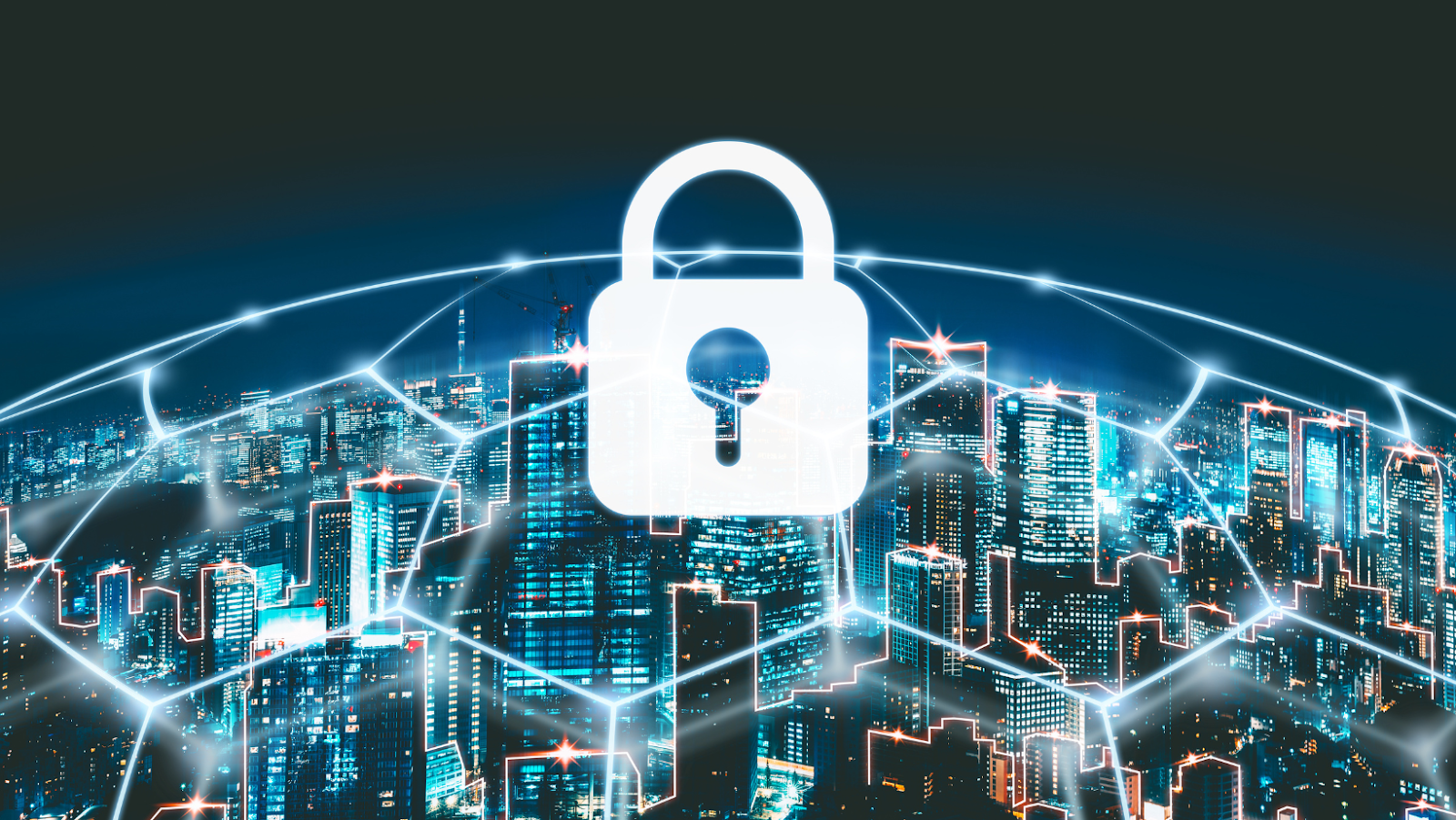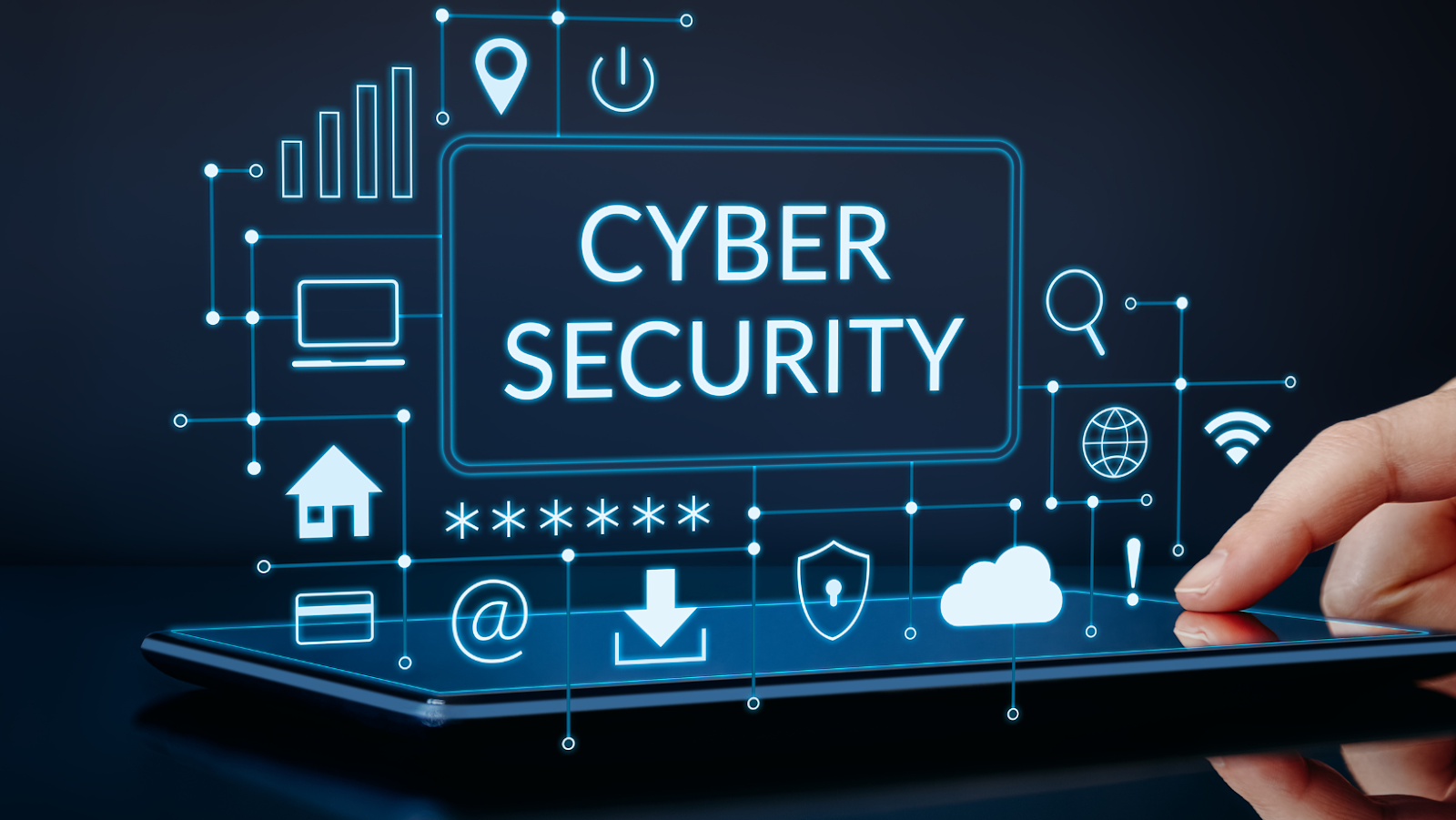
There’s more to cyber-security than what catches sight. Proper security includes numerous layers, including suitable training and technology, to achieve HIPAA compliance criteria. To combat intrusions, healthcare businesses must develop effective cyber-security. Cyber-security in healthcare is as crucial as in a bank or other financial institution. Cyber-security is essential even in the gambling industry, no matter how much this might seem irrelevant given that many equate the gambling industry and best casino sites in Bangladesh only with entertainment (in case of data leakage in a casino, the consequences can be disastrous, and the casino may be forced to close its doors permanently).
Although the healthcare industry claims to emphasise cyber-security, just 18% of firms devote 1% to 2% of their IT spending. Covered companies that fail to prioritize effective cyber-security risk becoming increasingly vulnerable to cyber-attacks.
Several variables can be blamed for healthcare-related hacking. Human mistake is likely due to a lack of personnel training, and portal-based communication is only as secure as a patient’s email account. Neglecting two-factor authentication (2FA) makes a hack simpler, and failing to have a business continuity strategy harms an organization’s capacity to recover. Here are four elements of healthcare companies that are most frequent in making them vulnerable to cyber-attacks.
Identity and access management (IAM) is a framework of policies and technologies for ensuring that the right people in an organization have the appropriate access to information resources. IAM can also refer to the processes and procedures involved in managing user identities.
IAM is a critical security function because it controls who has access to an organization’s critical data and applications. Properly implemented, IAM can reduce an organization’s risk of data breaches and cyber attacks.

1. Using an Email System That’s Based on a Portal
HIPAA mandates that healthcare providers keep ePHI (electronic-protected health information) secure. In light of this, healthcare providers frequently use patient portals to send and receive ePHI. Portals not only make it more difficult for patients to obtain communications from their providers, but they also put security in the hands of the users.
Patient portals limit communication between providers and patients within the portal’s confines. To view and respond to messages from their doctor, both the sender and the receiver must log onto the site. Hackers are aware of the many ways providers exchange ePHI with their patients, therefore, keeping ePHI behind a portal’s gates can safeguard information from common cyber-attacks. The focus suddenly changes from the physician to the patient. The ability of a patient to keep logins and passwords secure is crucial.
More than 60% of users admit to reusing passwords across several sites on a regular basis, allowing hackers to access many accounts with just one stolen password. According to the Verizon 2021 Data Breach Investigations Report, compromised credentials are responsible for 61% of data breaches.
One alternative for healthcare security professionals is to advocate for patient communication about password privacy and security measures. Rather than putting the burden of keeping ePHI safe on patients, healthcare practitioners can use email encryption to transmit HIPAA-compliant emails. Email encryption protects ePHI in transit and at rest while also removing the need for logins and passwords.
2. Cyber-Security Training That Isn’t up to Par
Employees are generally ignorant of their participation in data breaches, making them one of the most common security hazards in an organization. A human mistake was responsible for 33% of healthcare breaches in 2020 alone. Healthcare businesses, large and small, are targets due to a lack of sufficient cyber-security training.
Covered institutions are encouraged by HIPAA to train their staff on how to notice, report, and respond to cyber-attacks. According to recent research by The Advanced Computing Systems Association, adequate training raised employee danger detection rates by over 20%. Despite the fact that the average healthcare practitioner obtains 12 years of training before joining the sector, 32% of employees believe their healthcare system never provided them with cyber-security training.
To defend their network, healthcare providers must undergo ongoing cyber-security and HIPAA conformity assessment, which includes courses on detecting cyber dangers and ensuring the security of protected health information (PHI). Before it’s too late, employees who have received enough training are more likely to recognize and deal with such as user ID spoofing or email-related phishing scams carrying ransomware.

3. The Lack of Strategy in Case of an Attack
The goal of any healthcare company is to reduce risk and prevent being a victim of a cyber-attack. However, not all security solutions are foolproof, and providers must know how to respond if patient data is compromised by hackers.
A healthcare-related data breach takes an average of 287 days to contain, with 75 of those days spent attempting to stop the attack and limit the damage. Since January 2021, the average cost of a healthcare data breach has been $9.32 million per incident. Fees levied by the Office for Civil Rights for HIPAA violations aren’t included in this calculation. The amount of time and money spent correcting a data breach can have a big impact on a provider’s capacity to serve a community and its patients.
With over 2,200 cyber-attacks every day, providers must develop a business continuity plan (BCP) before becoming a victim of a data breach. BCP is a means for regulated enterprises to detect, minimise, and manage system risks. It often includes a crisis management plan in a form of a backup plan in the event that a network is disrupted by a breach.
In order to create a BCP, providers must:
- Oversee a business impact analysis (BIA) to determine the consequences of a cyber-attack, such as lost revenue, increased spending, and consumer unhappiness.
- Understand how an organisation can and will operate at a bare minimum in the event of a breach.
- Prepare a disaster recovery plan for restoring systems and assessing the immediate consequences.
It’s easier to restore operations and networks and focus on a quick and effective recovery procedure when you know how an organization will respond to an assault.
In 2020, 505 documented healthcare data breaches exposed the personal information of 24 million Americans. Organizations that fail to improve their cyber-security will only increase the number of data breaches in the future. Organizations may better prepare to combat the ever-present threat of cyber-attacks and defend their ability to serve their patients by actively training workers, implementing 2FA, employing email encryption using services such as PowerDMARC, and planning an attack strategy.
4. Forsaking Two-Factor Authentication
Although a security measure like 2FA may appear inconvenient and superfluous, failing to authenticate user identities in a second step leaves passwords, medical information, and companies vulnerable to hackers.
According to a recent Google research, only 37% of Americans use 2FA. Last year, Microsoft said that more than 99.9% of compromised accounts were due to a lack of multi-factor authentication. Network security breaches are more likely when there’s a lack of security.
Because it requires a user to prove their identity twice, 2FA is one of the most effective ways to reduce risk and protect PHI from thieves. PINs and security questions are standard approaches. 2FA makes it more difficult for a cyber-criminal to get illegal access to an account, and hence an entire enterprise.













